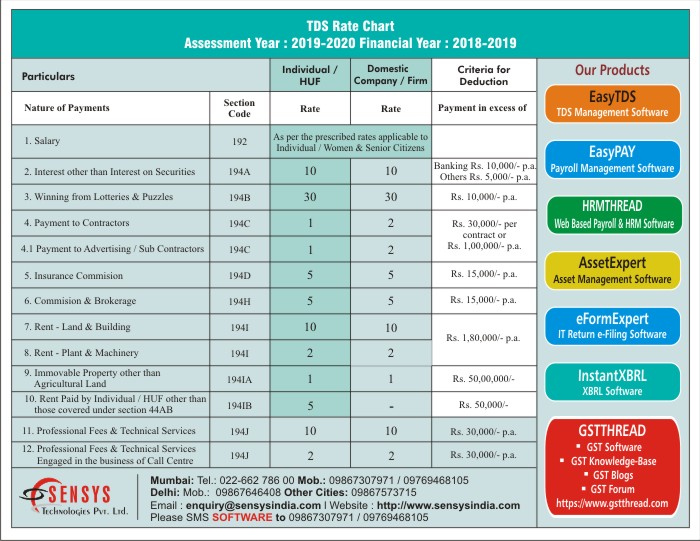Can a partnership firm become a partner
One of my client ask me a question whether he can make a partnership firm by entering into agreement with an already existing partnership firm? If so how and what are legal implication. This time I am writing this blog to share my experience with my client to all of you.
Since, the inception of limited liability act and OPC (One person company) we can analyze this fact under three different heads:
- Whether a partnership firm can enter into agreement with other partnership firm and / or persons and can form other partnership firms?
- Whether a partnership firm can make a LLP (limited liability partnership)?
- Whether a partnership firm can make on OPC?
We, herewith, analyze the above cases one by one.
1) Whether a partnership firm can make other partnership firms?
Before concluding on the above cases, the followings are worth noting:
Section5 PARTNERSHIP NOT CREATED BY STATUS. The relation of partnership arises from contract and not from status; and, in particular, the members of a Hindu undivided family carrying on a family business as such, or a Burmese Buddhist husband and wife carrying on business as such are not partners in such business.
Section4 DEFINITION OF “PARTNERSHIP”, “PARTNER”, “FIRM” AND “FIRM-NAME”. “Partnership” is the relation between persons who have agreed to share the profits of a business carried on by all or any of them acting for all.
Persons who have entered into partnership with one another are called individually, “partners” and collectively “a firm”, and the name under which their business is carried on is called the “firm-name”.
Thus, only “persons” (either natural or artifical) can enter into a partnership. A partnership firm being a compendium of persons but not a juridical person, it cannot become partner into another partnership.
The Hon’ble Supreme Court in the case of Dulichand Lakshminarayan vs The Commissioner Of Income tax, [1956 AIR 354, 1956 SCR 154] considered similar situation and held “In our opinion, the word “Persons” in S.4 of the Indian Partnership Act contemplates only natural or artificial, i.e., legal persons and for the reasons stated above, a firm is not a “person” and as such is not entitled to enter into a partnership with another firm or Hindu undivided family or individual”
2) Whether a partnership firm can make LLP?
Section 5 of LLP Act – 2008 – “Any individual or body corporate may be a partner in a limited liability partnership”. As per section 2(d) of the act the term “body corporate” means a company as defined in section 3 of the companies act 1956 and includes – (i) a limited liability partnership registered under this act (ii) a limited liability partnership incorporated outside India (iii) a company incorporated outside India.
Since, a partnership firm is not a body corporate and hence a partnership firm can not form a LLP.
- Whether a partnership firm can make an OPC?
Section 2(62) ―One Person Company means a company which has only one person as a member;
Section 2(55) ―member, in relation to a company, means— (i) the subscriber to the memorandum of the company who shall be deemed to have agreed to become member of the company, and on its registration, shall be entered as member in its register of members; (ii) every other person who agrees in writing to become a member of the company and whose name is entered in the register of members of the company; (iii) every person holding shares of the company and whose name is entered as a beneficial owner in the records of a depository;
The Department of Company Affairs has in its Circular No. 4/72, dated 9-3-1972 expressed similar view stating that a firm, not being a person, cannot be registered as a member of a company except where the company is licenced under section 25 of Companies Act 1956.
Another circular under section 187C, the Department stated: “A partnership firm is not a person capable of being a member within the meaning of section 41 of the Companies Act, 1956 and since a partnership is not a legal entity by itself but only a compendious way of describing the partners constituting the firm, it is necessary that the names of all the members of the partnership firm should be entered in the Register of Members in order that the right of the partnership as a whole to the shares in question may prevail.
Thus, a partnership firm can not form an OPC.
